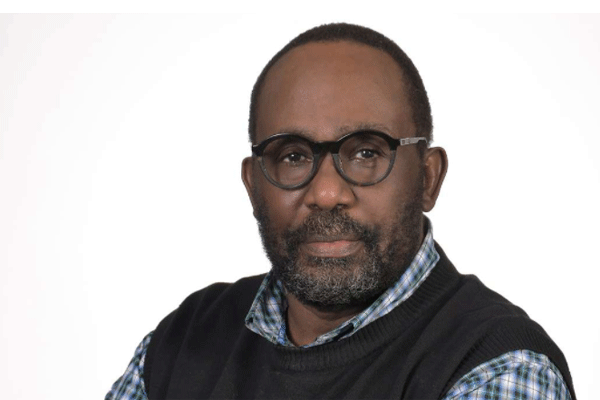Prime
Even Amin wouldn’t take Uganda to World Cup

Author: Charles Onyango Obbo. PHOTO/FILE
What you need to know:
- Rather than argue that if Amin had been in power Uganda would be a football giant, it’s more probable that if he hadn’t come to office, Uganda would be a football great.
The World Cup is over. Of course, Uganda wasn’t among the African representatives. It never has been and will unlikely make it soon to the World Cup. Its record at our continental thing, the African Cup of Nations (AFCON), has been dismal. It qualified for the 2016 AFCON after a gap of 39 years, having last played in the tournament in 1978 when it posted its best result ever – it came second.
That 1978 achievement still evokes the praises of military ruler Idi Amin who was president then. He is presented as the most sports-supporting president ever, which accounts for Uganda’s footballing success – and also boxing and even athletics (remember Akii Bua’s sensational gold medal and world record in the 400 metres at the Munich Olympics in 1972?). Even with the World Cup, Amin was excavated, with several Ugandans arguing on Twitter that if Amin were president today, The Cranes would have been in Qatar.
To understand why this is so wrong, we need to appreciate where footballing success comes from in our part of the world. Footballing greatness comes from community; in Africa, that community has been what we call “estates” – something like Bugolobi and Bukoto Flats. Uganda never had an estate culture proper, except in Naguru-Nakawa, Lugazi, and Kakira from the end of the Second World War to about 1996. In 2012 Nakawa-Naguru’s neck was put on the chopping block, as the government handed the area to one of those slippery developers, this one promising to set up ultra “satellite” towns. They were blowing smoke down someone’s, errh, pipe.
Nakawa-Naguru, Lugazi, and Kakira, which produced some of Uganda’s most outstanding sports people in history, were estates of the working class and migrant labourers. They worked in the Metha and Madhivani sugar estates and in the latter’s vast industrial network of the time. These estates usually form a unique culture and a special sense of community which is a great creative source. Small wonder, then, that Nakawa-Naguru of old was the inspiration for Monica Arac de Nyeko’s Caine Prize-winning “Jambula Tree”. What modern-day winning song, book, or art piece has Mbuya inspired?
But most importantly, working-class people’s children don’t go to school in fancy school buses, nor are they dropped and picked up from there in their parents’ cars; their middle-class parents have now taken over Nakawa-Naguru, Bugolobi and Bukoto.
Let’s see what happens to the two groups of children. The Nakawa-Naguru working-class child of old would walk home with his buddies, running and kicking a ball along panyas and back alleys, dodging cars, and all that. They acquire a skill at a very early age of negotiating tight spaces and teamwork that their middle-class peers never get.
Many football greats in the West also came from the same background - in the UK, from the “council flats”. But even without that, the life of a middle-class kid in Europe is very different from that of your typical African one. The one in the West still goes to school on a train, bus, or uses the underground to go to the movies or to watch football when they are out of school. Working through sometimes a million people on the underground train system on a weekend, grasping the signs and mastering which platform is where is an excellent lesson in managing tight and complex public spaces. The African one will likely be waited on by his or her parent government driver and car and will of course not get on a matatu. A middle-class child in the west could become a football star, whereas an African one wouldn’t.
The fallacy about how Amin was good for sport needs to be re-examined. It just happened that the dynamics of 1960s industrialisation, which spawned a large working class that produces great footballers in our part of the world, came to fruition when he was in power.
Otherwise, he did a lot of damage to sports with his approach to “Africanisation” and the expulsion of the Asians, who were the leading industrialists, in 1972. The working class in industrial towns or areas like Tororo, Jinja, Lugazi, and Kakira collapsed. Only Nakawa survived for various reasons, including the fact that it had also been a sanctuary for a section of Muslims marginalised during the colonial period and immediate post-independence, and the Nubian community.
Rather than argue that if Amin had been in power Uganda would be a football giant, it’s more probable that if he hadn’t come to office, Uganda would be a football great.
Next week we delve further into football and the magic of the estate culture, and why, if Museveni gave The Cranes a billion shillings, they wouldn’t fare any better.
Mr Onyango-Obbo is a journalist, writer and curator of the “Wall of Great Africans”.
Twitter: @cobbo3





